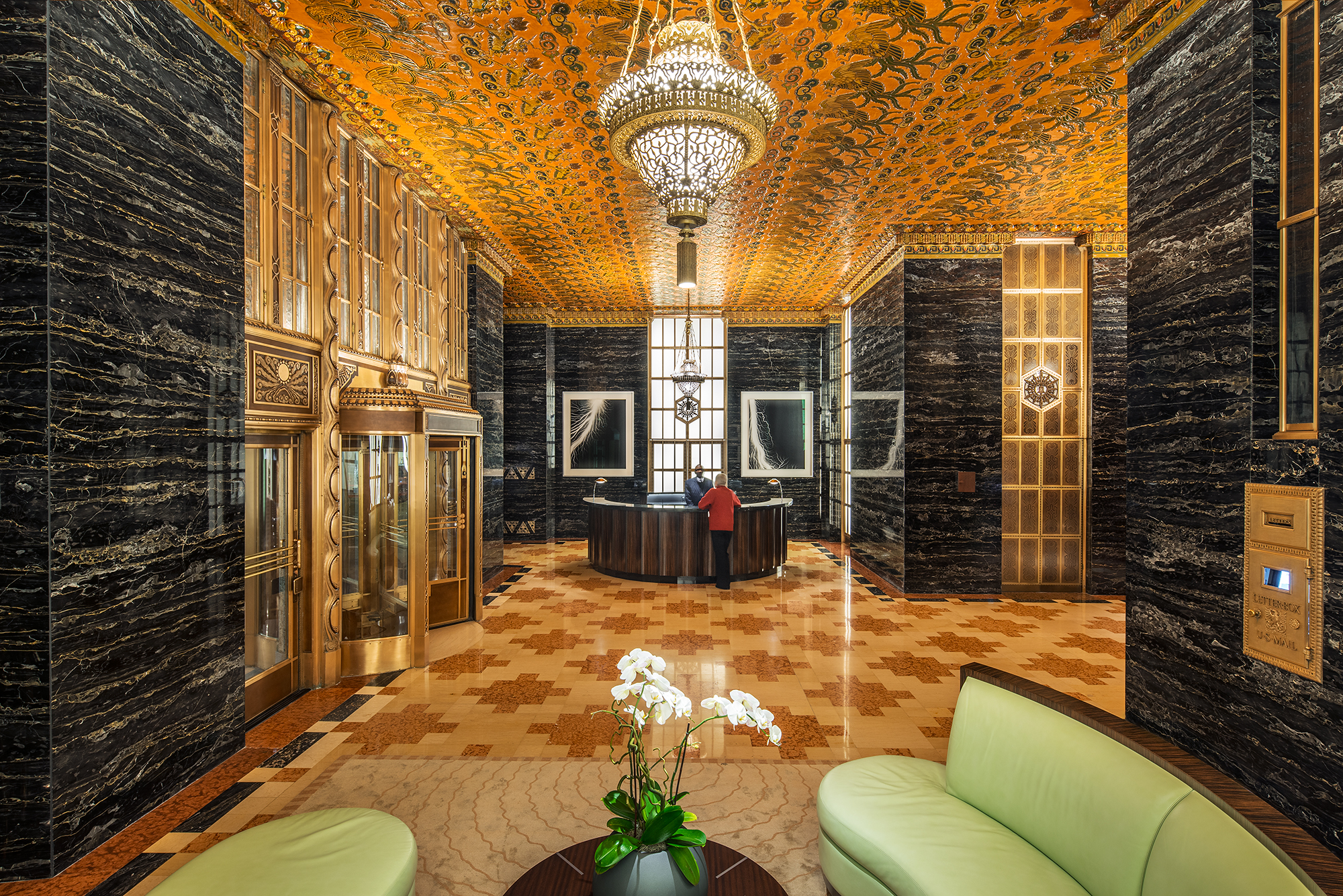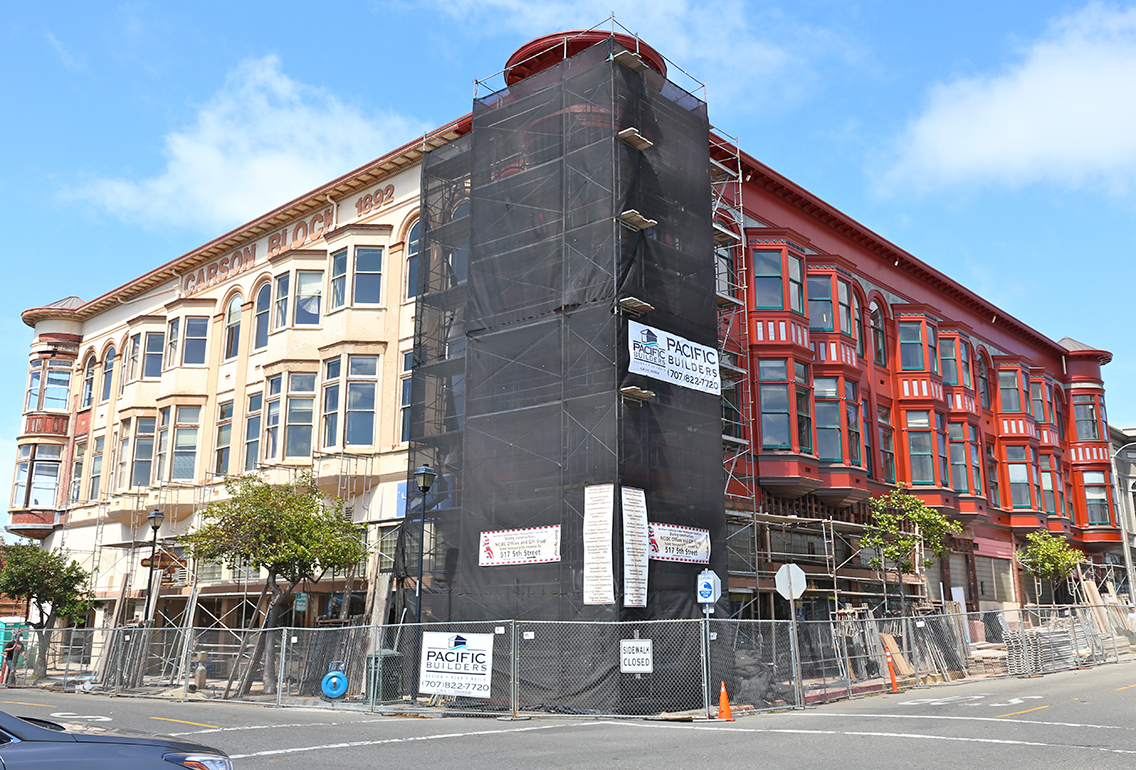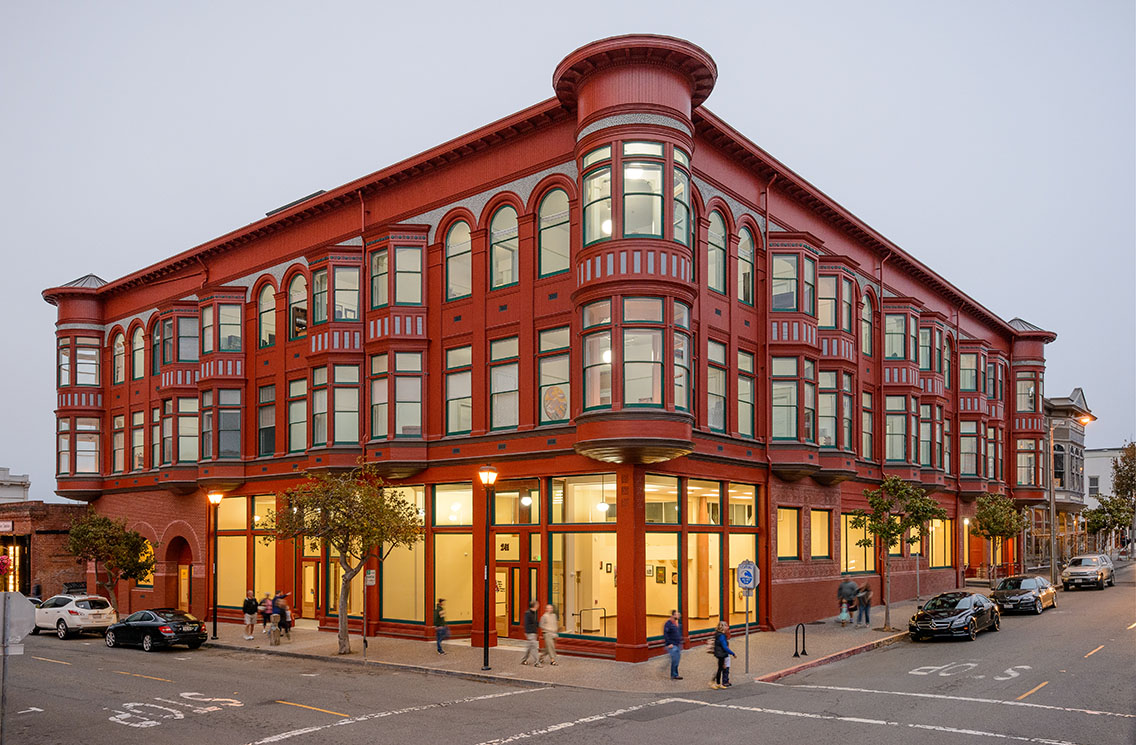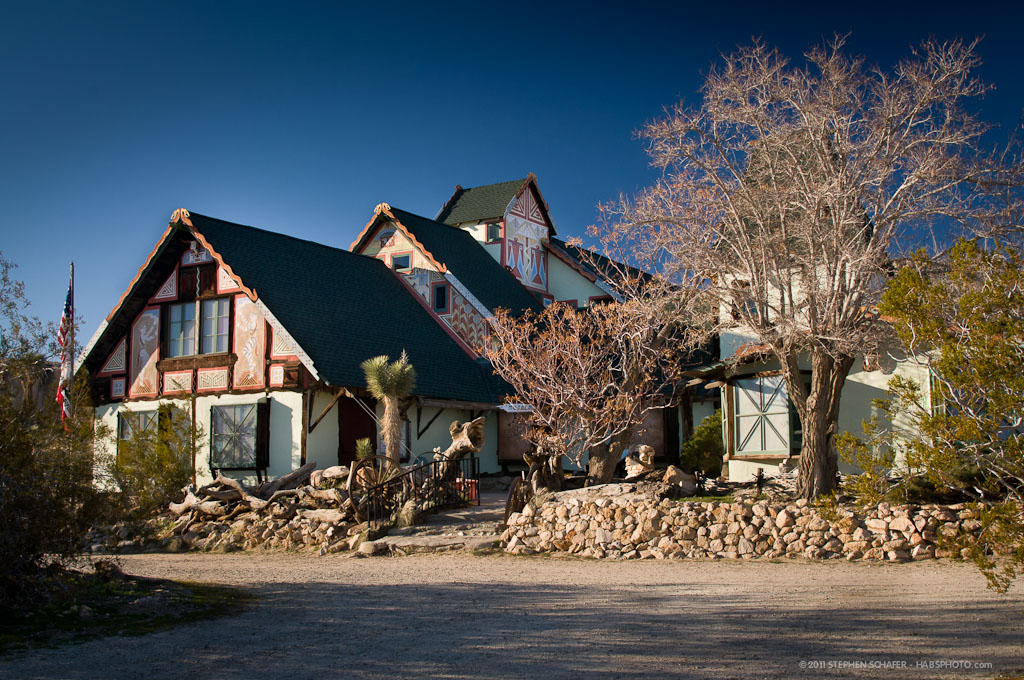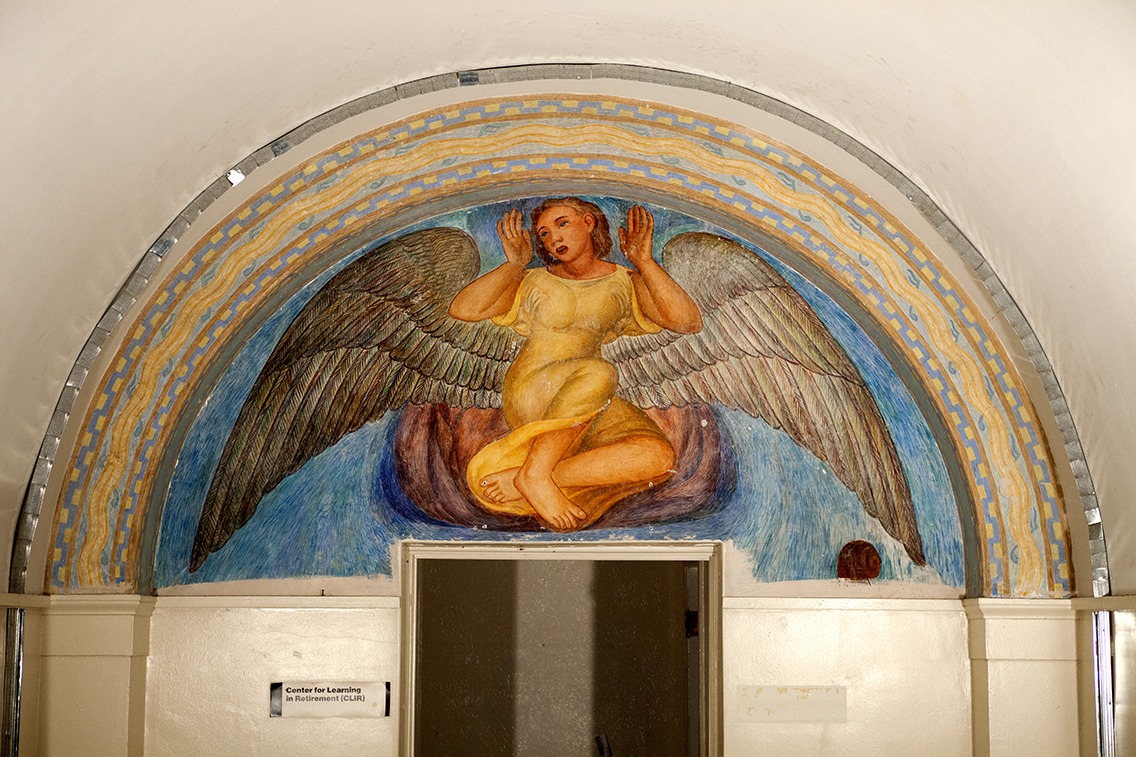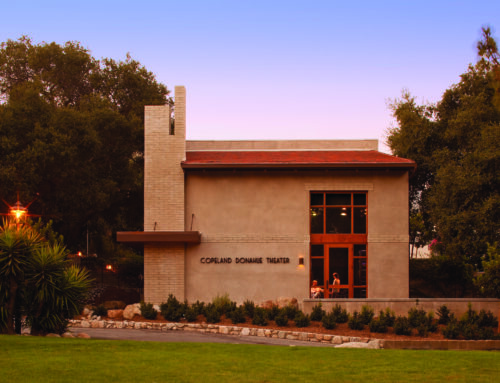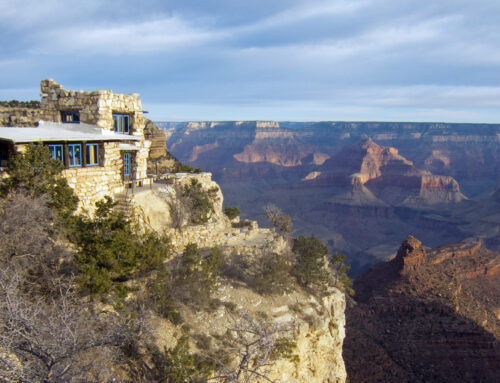Page & Turnbull Office Salons is a quarterly-ish series of conversations about broad themes in architecture and conservation. Designer Lingxiu Chong shares her thoughts on our most recent Salon about Color held in San Francisco with guest speaker, London-based academic and designer Adam Nathaniel Furman. Enjoy this read about Adam’s research into architectural polychromy and how our work celebrates California’s colorful past, present and future!
One of my favorite things about working at Page & Turnbull is that as a multi-disciplinary office, we constantly collaborate and exchange ideas across architectural design, history and conservation. It keeps us curious, open-minded and excited about the work we do in historic environments. The Office Salons came about as a platform for us to expand our conversations about broader, emerging themes we’ve noticed in our cities, throughout California, or the profession in general.
One such theme is color. In historic architecture, color is often one of the most transformative and controversial aspects of conserving and adapting buildings for new uses. It is also one of those elusive qualities of a historic building that requires extensive sampling, testing and archival research to pin down. We love thinking and talking about the ‘color’ stories we’ve encountered in our projects. So we were thrilled to have Adam Nathaniel Furman join us during his recent visit to the Bay Area. Adam leads an international research project called Saturated Space, supported by the Architectural Association. Besides championing the cause of bringing color back into in contemporary architecture, Adam and his collaborators carry out fascinating research about color in historic buildings, from antiquity up to the recent postmodern past. After the discussion, we took Adam to some of our project sites so he could see San Francisco’s architecture through our eyes!
Adam’s two cents:
“Essentially, I find what you guys do, and your colour research fascinating, and think that San Francisco’s rich polychromatic past could teach our rather dry and colorless architecture of today a lesson or two. I also hope to somehow collaborate with you guys in the future on a project that experiments with ‘creative contemporary polychromy’ in a historical context!”
Check out every shade of Page & Turnbull work in the slideshow below, as well as Adam’s work at Saturated Space, Madam Studio and his personal projects. Thanks Adam!
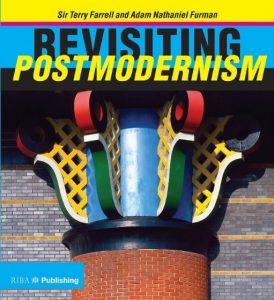
Adam’s new book “Revisiting Postmodernism”
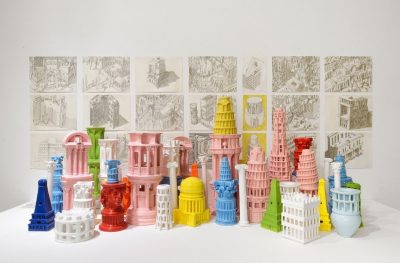
“The Roman Singularity in Ceramics” by Adam Nathaniel Furman
